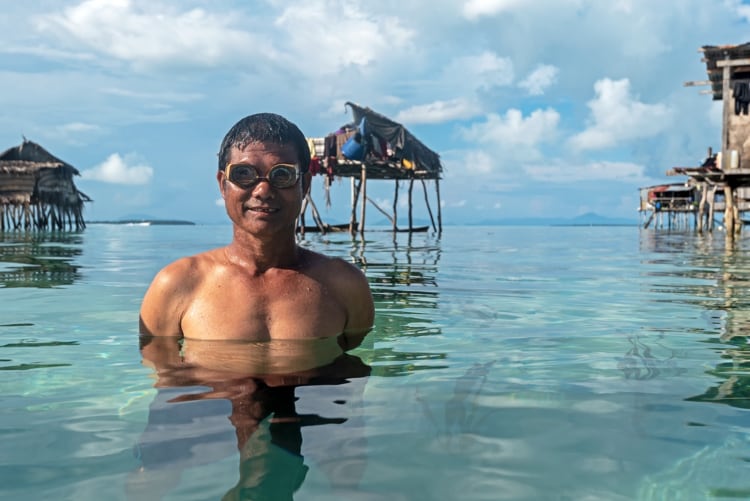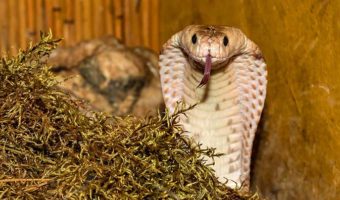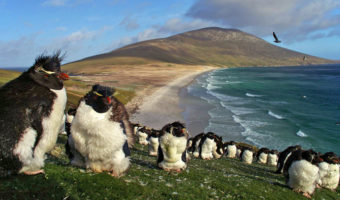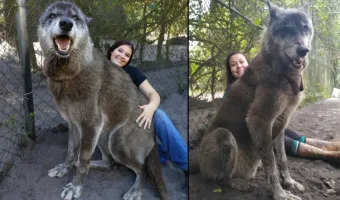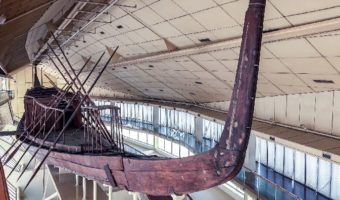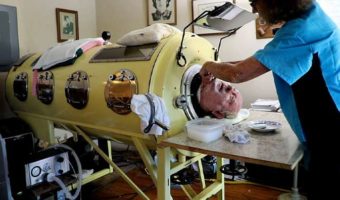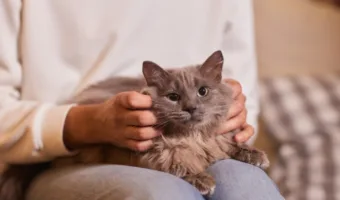Meet the Bajau Laut, Marine Nomads Who Can Remain 200ft Underwater for 13 Minutes
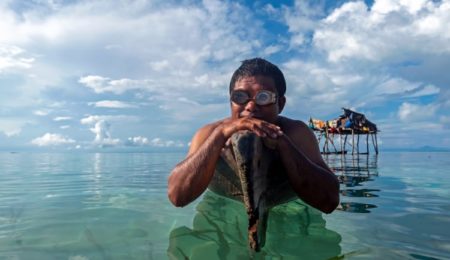
Can you imagine being born at sea, living your entire life at sea, and residing in small boats throughout your life? Sounds bizarre, doesn’t it? Bajau Laut is an ethnic group of marine nomads who have lived at sea for hundreds of years. They rarely set foot on land. Over centuries, their bodies have become genetically adapted to diving. While normal human beings can hold their breath underwater just for a few seconds or a few minutes, these exceptional divers can remain 200 feet underwater for nearly 13 minutes without any sophisticated equipment!
Table of Contents
The Genesis of Bajau Laut
Bajau Laut is an ethnic group that lives in water winding through Malaysia, Indonesia, and the Philippines. They love being connected with the natural surroundings most of the time. They are also referred to as “sea gypsies: due to their nomadic life at sea.
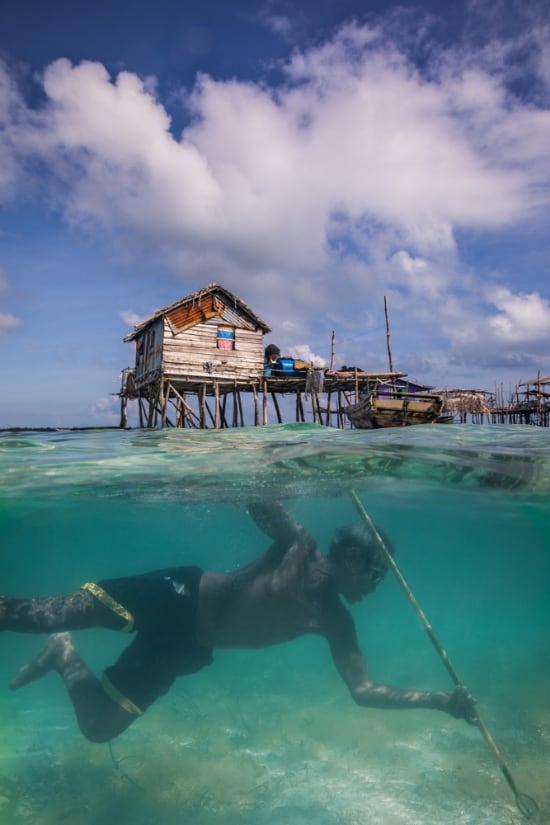
The origins of this group can be traced back to the legend of a princess from Johor who was washed away in a flood. Her grief-stricken father ordered his subjects to depart from the land and return only when they found his daughter.
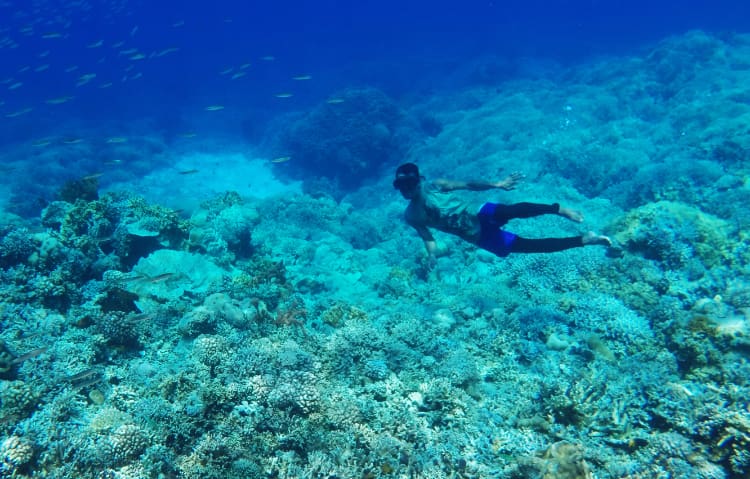
Over centuries, these seafarers have adapted to the marine environment and also become excellent divers. These professional divers hunt for fish and search for sea cucumbers, pearls, and other natural elements that can be used for craftwork.
The Unique Spleen Adaptation of Bajau Laut for Underwater Exploration
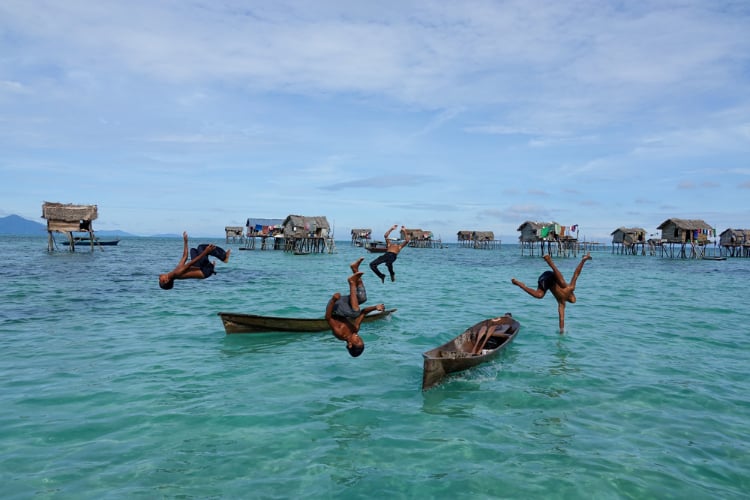
What makes Bajau Laut excellent divers? Do they have any special adaptations that aid in staying underwater for a long duration?
Many scientists who conducted research on Bajau Laut and their deep-diving capabilities have come up with various possibilities of unique adaptations that enable them to remain underwater for a longer duration compared to other human beings living on the mainland.
Melissa Llardo from the Center for Geogenetics at the University of Copenhagen studied the ultrasound images of the spleens of Bajau Laut. She observed that their spleens are much larger than normal, which is similar to the adaptations of marine mammals living in the sea.

How do larger spleens help in surviving longer underwater? When the divers are underwater, the spleen contracts, and this is one of the major factors that contributes to saving energy when oxygen concentration is low. In addition, the spleen supports the immune system and recycles red blood cells. Therefore, scientists theorize that the large spleens of Bajau Laut could be the genetic advantage that has developed over the years to make them capable of remaining underwater for a long duration.
Interestingly, scientists also stumbled across PDE10A, a special gene present only in Bajau Laut, that is thought to control a certain thyroid hormone. It is also speculated that there could be a link between the thyroid hormone and the enlarged spleen. However, no biological evidence has been established to prove this so far.
How Do the Lifestyle and Training of Bajau Laut Help Them Survive in the Sea?

Bajau Laut is the last generation of sea nomads who are genetically adapted to diving. Apart from the enlarged spleen, scientists theorize that there are other possible adaptations that develop due to their lifestyle and training, which help them to survive in the sea.
Since deep-diving is an everyday activity, many sea nomads deliberately rupture their eardrums at an early age. The process is quite painful as it causes dizziness and also bleeding from the nose and ears. It requires a week’s rest to recuperate. However, once they recover, they can comfortably go diving without pain. Also, due to this practice, most of them become hard of hearing at a later stage.
Deep sea diving could cause the blood vessels in the lungs to rupture as they are filled with more blood due to increased pressure. Since the Bajau Laut group starts training from a young age, this could help strengthen the chest walls, diaphragm, and abs to adapt to the aquatic environment and prevent the rupturing of blood vessels during deep-diving activity.
The Survival Challenges of the Seafaring Nomads
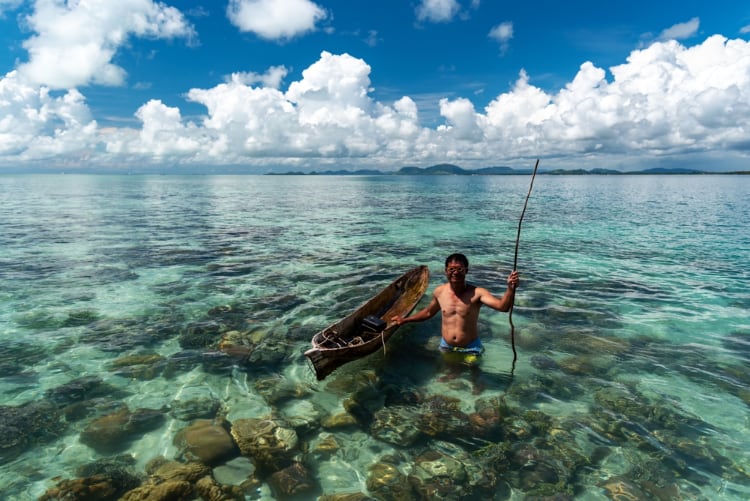
The life of Bajau Laut is not an easy one. The primary source of income for these seafarers comes from underwater exploration. Professional divers spend eight-hour shifts underwater. They walk on the ocean floor to harvest reefs, hunt fish, and also collect useful natural elements such as pearls.
The marine nomads spend their lives on the traditional “lepa-lepa” boats. These boats are narrow vessels, about 5m long and 1.5m wide. They are highly prized among the region’s coastal populations. These underwater explorers spend months together on the boat surviving out of whatever they can harvest from the reefs. They also live out of seafood, such as mollusks and crustaceans.
Even though they are professional underwater explorers, they operate with rudimentary diving gear. The basic diving gear consists of hand-carved wooden goggles with glass lenses. The spear guns used for hunting are made from boat timber, rubber, and scrap metal.
Not all divers can afford the necessary equipment to help them go deep underwater for a long duration. Furthermore, many of them are not aware of the consequences of subjecting their body to pressure underwater. So, they end up crippled or die due to the deadly nitrogen bubbles in their bloodstream.
Bajau Laut’s Habitat and Nomadic Lifestyle Is Under Threat
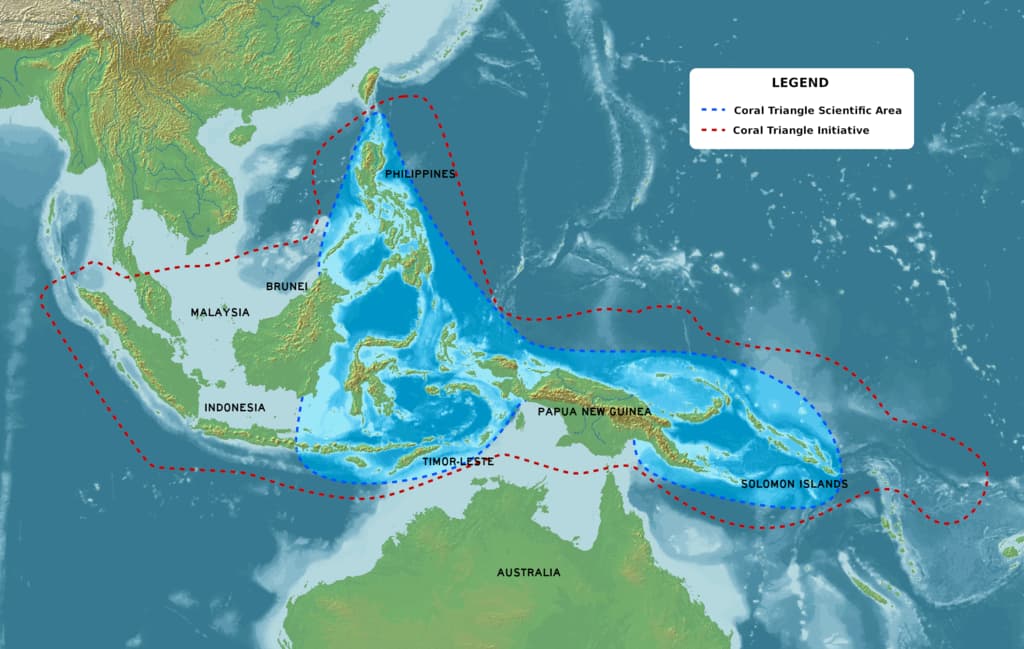
Over the last few decades, the nomadic lifestyle of this group has been threatened due to several controversial programs that have destroyed their habitat.
The Coral Triangle, a bio-region that spans six southeast Asian countries, is home to diverse marine species, especially corals. However, rigorous industrial fishing practices, which include cyanide fishing to satisfy the rising demand of seafood restaurants, have transformed their thriving habitat into wastelands of broken coral. As a result, they have been forced to leave the sea and settle in stilt villages on land. Sadly, this marginalized group does not enjoy citizenship rights as the people on the mainland.
In recent years, organizations like WWF and Conservation International have been using the expertise of Bajau Laut to launch marine management programs to return to traditional fishing methods in order to encourage environmental sustainability.














